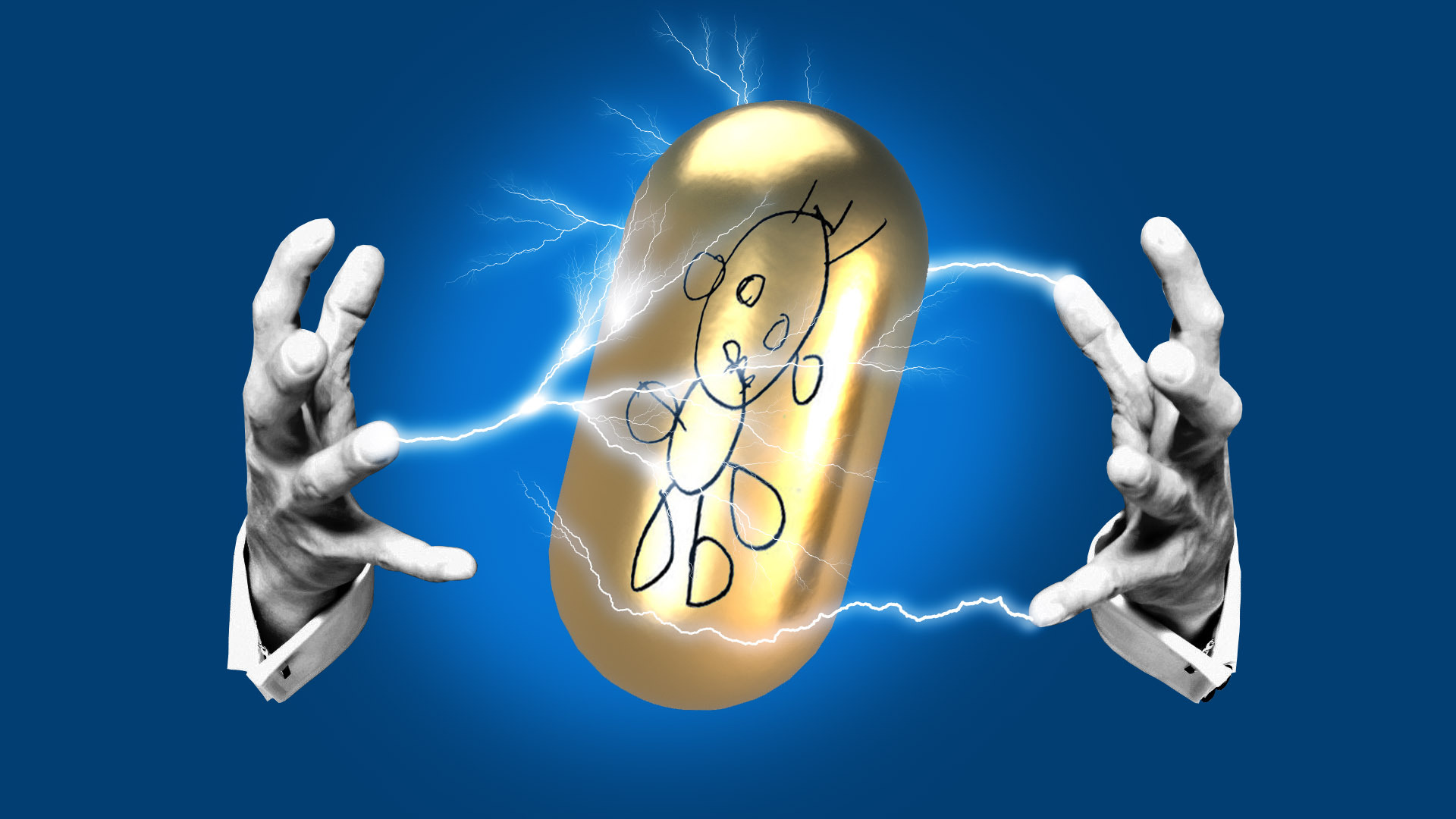
- NFT sales totalled $2.5 billion in the first half of 2021.
- Celebrities and social influencers have utilized NFTs as a marketing tool and as a new way of generating revenue.
- Unregulated industries are more likely to absorb new technologies, thereby providing additional financial streams to their participants.
- The disruption stirred up by NFTs is representative of technology’s impact on artist innovations.
Digital disruption in cultural fields emerged at the crest of digitization. Platforms such as Soundcloud and Behance created a new financially empowering direction for participants in the creative field. As cryptocurrencies extended their reach into mainstream evenues, one of its use cases drew immediate attention. NFTs took 4 years to obtain the status of a bubble after CryptoKitties drew curiosity for clogging the Ethereum network. Now, NFTs can sell for $69 million at Christie’s auction house and break new quarterly financial figures.
NFT Sales Are Nothing Short of Amazing
DappRadar reports that NFT sales reached the $2.5 billion mark in the first half of 2021. By contrast, sales over the same period in 2020 amounted to just $13.4 million, constituting an extraordinary increase. Additionally, reports from the same source indicate that results from Q2 are the highest ever, at $1.24 billion in total.
NFT activity is far from the peak it witnessed in May, though the number of unique active wallets has increased by 151.89% since the previous quarter. As the total value of sales has deflated while the cryptocurrency market turned sour, unique NFTs like CryptoPunks have sold for values as $11.8 million, while NBA TopShots have experienced reductions in sales numbers.
Sponsored
NFTs are a speculative investment similar to any other crypto trade, basing their perception on the “what-ifs” of technology. Still, marketplaces such as Rarrible, NBA Top Shot, and OpenSea have become the locus of NFT transactions during 2021.
As emphasized by NonFungible, every industry has participated in the NFT craze, with personalities and established brands taking center stage, helping to boost the expansion of dedicated marketplaces.
On the Flipside
- NFTs could unwittingly create an unregulated market for people to sell, and profit off of, stolen work.
- The NFT market has transformed into a speculative game that is more extreme than the regular art market.
- Influencers and artists can either produce new products for the market, or sell them as NFTs.
- NFTs being sold are digital copies distinguished by a line of code that does not justify their high price.
NFTs: A Money-Making Tool for Influencers
Influencers act as digital billboards, and artists are viewed by consumers as influencers. NFTs promise a censorship-free, financially rewarding entry into the creator economy. DappRadar reports that NFT sales have shifted from highly-priced, unique NFTs, to lower priced, “more frequent” ones.
Sponsored
Both celebrities and artists have used NFTs as a gateway to increasing revenue by selling arguably unique pieces. Kings of Leon was the first band to release their album as an NFT, while another artist, Grimes, chose to sell NFTs in the form of her unique drawings..
Taco Bell, Twitter’s CEO, Jack Dorsey, Paris Hilton, and even a toilet paper company have dabbled in NFTs. NFTs are undoubtedly an equivalent of crypto trading, but with a non-fungible twist, which offers additional intrinsic value to buyers.
Introducing NFT(P) by Charmin.🎨
— Charmin (@Charmin) March 17, 2021
Sometimes a better bathroom experience goes beyond the seat, that’s why were rolling out the first-ever NFT art by a toilet paper brand!
Bid on the digital art using the link below. All proceeds donated to @directrelief!https://t.co/hZkNwEWbDG pic.twitter.com/uJgWtPQDvy
NFTs have heralded a paradigm shift into a creator economy. Like other disruptive platforms, the sheer amount of sales is generated by those whose products hold value in the eyes of the buyer. Artists and media personalities act as influencers as much as simply artists. Furthermore, those with a large following can easily market their creations, drawing focus away from the true value that NFTs bring to the creators’ table.
Buyers are always following market trends, and purchases are made on hype rather than qualitatively. In an Atlantic article, Anil Dash argues that the dream of empowering artists of all classes is overshadowed by “commercially exploitable hype.” Furthermore, while NFTs help artists to break away from traditional selling/buying forms, they empower personalities rather than unknown single acts.
Regardless, small artists are joining platforms such as Rarible and OpenSea to mint their NFTs. Catalyzing this, the prices of minting NFTs have decreased due to an upgrade undergone by Ethereum. It is yet unknown which artist demographics account for the majority of sales. In truth, artists with large followings can leverage NFTs as a marketing tool by promoting scarcity. On the other hand, regular artists can act similarly, but with a greatly reduced impact on audiences.
NFTs have certainly disrupted artist views of financial opportunities and how ownership plays a role in the new digital economy. Art in America asserts that those seeking refuge in NFTs will find a
"lack of regulation and unclear ownership of intellectual property."
The current outcome of opinion is that NFTs are transforming art into a speculative game, more persistently than it ever has been before, in which the winners are those whose outcomes are not dependent on financial benefits.
